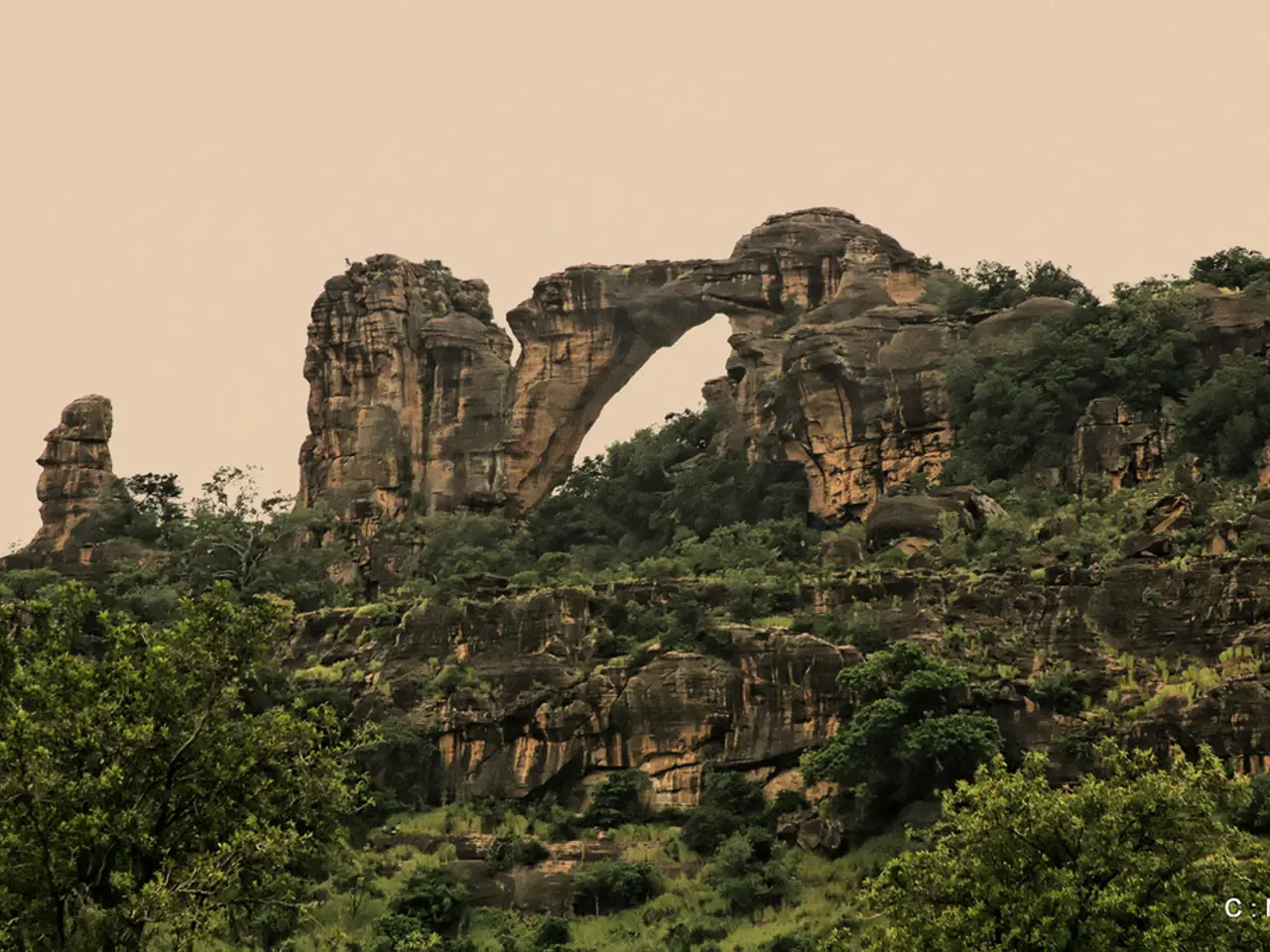Towering Mountain with World's Largest Vertical Descent
Nestled within Auyuittuq National Park on Baffin Island, Canada, lies Mount Thor, a remarkable mountain renowned for its staggering vertical drop and unique geological formation. With its west face plunging approximately 4,100 feet (1,250 meters) straight down, Mount Thor boasts the largest vertical drop on Earth, captivating adventurers and geologists alike.
Mount Thor is part of the Baffin Mountains, which form part of the Arctic Cordillera mountain range stretching from Ellesmere Island to Labrador. The mountain itself is composed of solid granite, with the rock dating back to between 3.5 billion and 570 million years.
The dramatic C-shaped profile of Mount Thor's west face was sculpted by glaciers over thousands of years. During the last ice age, which lasted from approximately 18,000 to 1,500 years ago, glaciers advanced and retreated, carving out the face of the mountain into its unique and steep profile.
The west face of Mount Thor is so steep that it actually curves back toward the summit, creating an overhang of about 15 degrees. This makes the average angle of the face exceed 105 degrees, often described as "steeper than vertical." An object falling from the top of this face would plummet 4,100 feet before hitting the base, and a person without a parachute would experience a free fall lasting about 26 seconds.
Mount Thor is named after the Norse god of thunder, Thor, reflecting the cultural influence of Norse mythology. The mountain's unique geography has made it a significant destination for adventure seekers, particularly rock climbers, who are drawn to its challenging and breathtaking landscape.
Visiting Mount Thor requires a journey to a beautiful and remote national park. Camping is allowed in designated areas along the Akshayuk Pass, with special facilities available for climbers near the base of the mountain, including windbreaks and emergency shelters.
American astrophysicist Lyman Spitzer and his mountaineering partner Donald Morton made the first recorded ascent of Mount Thor in 1965. However, the first ascent of Mount Thor's west face didn't occur until 1985 and took 33 days. Despite its remote location, Mount Thor remains a popular destination for rock climbers.
For those interested in visiting, it's important to note that Mount Thor is located on Baffin Island, the largest island in the Canadian Arctic Archipelago. The coordinates of Mount Thor are 66.53333154734997, -65.31666661096878.
Mount Thor is an awe-inspiring testament to the power of nature and the allure of the unknown. Whether you're a seasoned mountaineer or an armchair explorer, Mount Thor offers a glimpse into the untouched beauty of Canada's Arctic.
- The unique geology of Mount Thor, a part of the Baffin Mountains, makes it an intriguing subject for both geologists studying solid granite formations that date back millions of years and environmental-science enthusiasts interested in glacial activity sculpting the steep west face.
- Similarly, space-and-astronomy buffs may find a connection between the remarkable vertical drop of Mount Thor, the largest on Earth, and the vastness of space, offering a glimpse of a smaller, Earthly phenomenon that mirrors the steep gradients found in our solar system and beyond.




